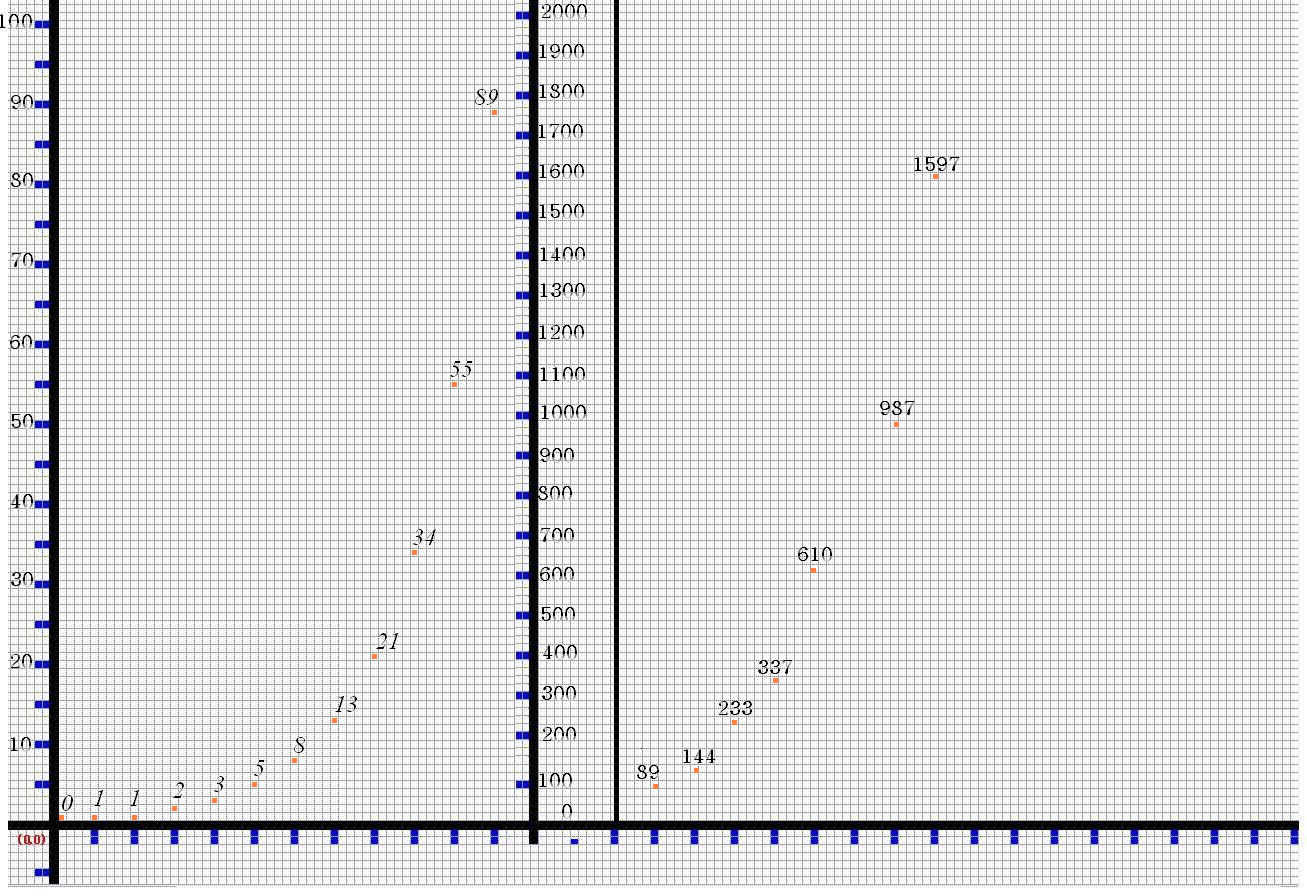The Fibonacci Sequence is a fascinating mathematical concept that has intrigued mathematicians, scientists, and artists for centuries. In this article, we will delve into the depths of this sequence, exploring its origins, properties, applications, and its presence in various aspects of our world. So, let’s unravel the secrets of the Fibonacci Sequence together.
Introduction to the Fibonacci Sequence
The Fibonacci Sequence is named after the Italian mathematician Leonardo Fibonacci, who introduced this sequence to the Western world in his book “Liber Abaci” in the early 13th century. However, the sequence itself had been described in various forms by Indian mathematicians and ancient cultures long before Fibonacci’s time.
What is the Fibonacci Sequence?
The Fibonacci Sequence is a series of numbers in which each number is the sum of the two preceding ones, starting from 0 and 1. So, the sequence begins as follows: 0, 1, 1, 2, 3, 5, 8, 13, 21, 34, and so on. The sequence continues infinitely, with each number being the sum of the two previous numbers.
Mathematical Properties of the Fibonacci Sequence
Recursive Definition
The Fibonacci Sequence can be defined recursively using the following formula: F(n) = F(n-1) + F(n-2), where F(n) represents the nth term in the sequence. This recursive definition allows us to generate any term in the sequence by adding the two preceding terms.
Golden Ratio
One of the most intriguing properties of the Fibonacci Sequence is its connection to the golden ratio. The golden ratio, often denoted by the Greek letter Phi (Φ), is approximately equal to 1.618. The ratio between two consecutive Fibonacci numbers approaches the golden ratio as the sequence progresses. This ratio has aesthetic appeal and is found in various forms of art, architecture, and design.
Spiral Patterns and Nature
The Fibonacci Sequence also gives rise to mesmerizing spiral patterns known as Fibonacci spirals. These spirals can be observed in the arrangement of seeds in sunflowers, pinecones, and the spiral shells of some mollusks. The presence of these patterns in nature is thought to be a result of the efficient packing of plant structures or the optimal distribution of energy.
Applications of the Fibonacci Sequence
The Fibonacci Sequence finds applications in diverse fields, ranging from mathematics and number theory to art, finance, and computer science. Let’s explore some of its applications:
Mathematics and Number Theory
In number theory, the Fibonacci Sequence appears in various problem-solving scenarios, including divisibility rules, modular arithmetic, and Diophantine equations. It provides a rich source for mathematical exploration and serves as a foundation for understanding other number sequences and series.
Art, Design, and Architecture
The Fibonacci Sequence has influenced countless artists, designers, and architects throughout history. Its connection to the golden ratio and aesthetic appeal has inspired the composition of visual elements, proportions in paintings, and the layout of architectural structures.
Financial and Economic Analysis
The Fibonacci Sequence and its ratios, particularly the golden ratio, have been employed in financial analysis to identify potential price levels, support, and resistance areas in markets. Traders and analysts often use Fibonacci retracements and extensions to predict possible price movements.
Computer Science and Algorithms
In computer science, the Fibonacci Sequence is used as an example in programming tutorials to teach recursive algorithms. The sequence is also utilized in various algorithms and data structures, such as Fibonacci heaps and dynamic programming, for solving optimization problems efficiently.
Fibonacci Sequence in Nature
The Fibonacci Sequence is not only a mathematical curiosity but also appears prominently in the natural world. Here are some examples of its occurrence:
Plant Growth and Phyllotaxis
Plants exhibit patterns governed by the Fibonacci Sequence in their growth and arrangement of leaves, branches, and flowers. This phenomenon, known as phyllotaxis, allows plants to maximize exposure to sunlight and optimize nutrient distribution.
Animal Behavior and Population Growth
The Fibonacci Sequence also manifests in certain aspects of animal behavior and population growth. For instance, some animal populations reproduce following Fibonacci-like patterns, such as the breeding patterns of rabbits. Additionally, the spiraling patterns found in the shells of certain mollusks adhere to the Fibonacci Sequence.
Shell and Spiral Structures
The shells of nautilus, snails, and other mollusks exhibit spiral patterns that correspond to the Fibonacci Sequence. These intricate structures, created through a process known as biological morphogenesis, provide strength, protection, and efficient use of space.
Fibonacci Sequence in Popular Culture
The influence of the Fibonacci Sequence extends beyond mathematics and science into various forms of popular culture. Let’s explore some of its appearances:
Literature and Art
Authors and artists have incorporated the Fibonacci Sequence into their works to create aesthetically pleasing compositions. It has been used in poetry, literature, and visual art as a means to structure narratives, arrange stanzas or paragraphs, and create visually captivating images.
Music and Sound
Musicians and composers have drawn inspiration from the Fibonacci Sequence to create harmonious melodies and rhythmic patterns. The ratios derived from the sequence have been utilized in music theory to compose pieces that evoke a sense of balance and natural harmony.
Film and Television
The Fibonacci Sequence has even made its way into the world of film and television. Some directors and cinematographers employ Fibonacci-based compositions and camera movements to create visually appealing scenes and sequences that resonate with viewers.
Challenges and Unsolved Problems
While the Fibonacci Sequence has captivated mathematicians for centuries, several challenges and unsolved problems related to the sequence remain. Here are a few:
Generalized Fibonacci Sequences
Mathematicians have explored generalizations of the Fibonacci Sequence, such as sequences with different starting numbers or different addition rules. These generalizations lead to intriguing patterns and properties, adding further depth to the study of Fibonacci-like sequences.
Fibonacci Primes
Determining which numbers in the Fibonacci Sequence are prime numbers poses an unsolved problem in number theory. While prime numbers do occur in the sequence, the occurrence and distribution of Fibonacci primes are not yet fully understood.
Pisano Period
The Pisano Period refers to the length of the repeating pattern that emerges when the Fibonacci Sequence is considered modulo a specific number. Understanding the characteristics of the Pisano Period for different moduli remains an ongoing area of research.
Conclusion
The Fibonacci Sequence is a remarkable mathematical concept that continues to captivate the minds of individuals across various disciplines. Its recursive nature, connection to the golden ratio, and presence in nature and culture make it a fascinating subject of study. From mathematics to art, from nature to popular culture, the Fibonacci Sequence leaves an indelible mark. So, embrace the beauty and wonder of this sequence as you unravel its mysteries.
FAQs
Q1: Who discovered the Fibonacci Sequence?
A1: The Fibonacci Sequence was introduced to the Western world by the Italian mathematician Leonardo Fibonacci in the 13th century. However, the sequence itself had been described in various forms by Indian mathematicians and ancient cultures before Fibonacci’s time.
Q2: What is the recursive definition of the Fibonacci Sequence?
A2: The Fibonacci Sequence can be defined recursively using the formula F(n) = F(n-1) + F(n-2), where F(n) represents the nth term in the sequence. This recursive definition allows us to generate any term in the sequence by adding the two preceding terms.
Q3: What is the golden ratio?
A3: The golden ratio, often denoted by the Greek letter Phi (Φ), is approximately equal to 1.618. It is a mathematical constant that has aesthetic appeal and is found in various forms of art, architecture, and design. The ratio between two consecutive Fibonacci numbers approaches the golden ratio as the sequence progresses.
Q4: Where can we observe the Fibonacci Sequence in nature?
A4: The Fibonacci Sequence can be observed in various aspects of nature. It appears in the arrangement of seeds in sunflowers, pinecones, and the spiral shells of some mollusks. Additionally, plants exhibit Fibonacci-like patterns in their growth and the arrangement of leaves and flowers.
Q5: How is the Fibonacci Sequence used in finance?
A5: The Fibonacci Sequence, particularly its ratios, is utilized in financial analysis to identify potential price levels, support, and resistance areas in markets. Traders and analysts often use Fibonacci retracements and extensions to predict possible price movements.




